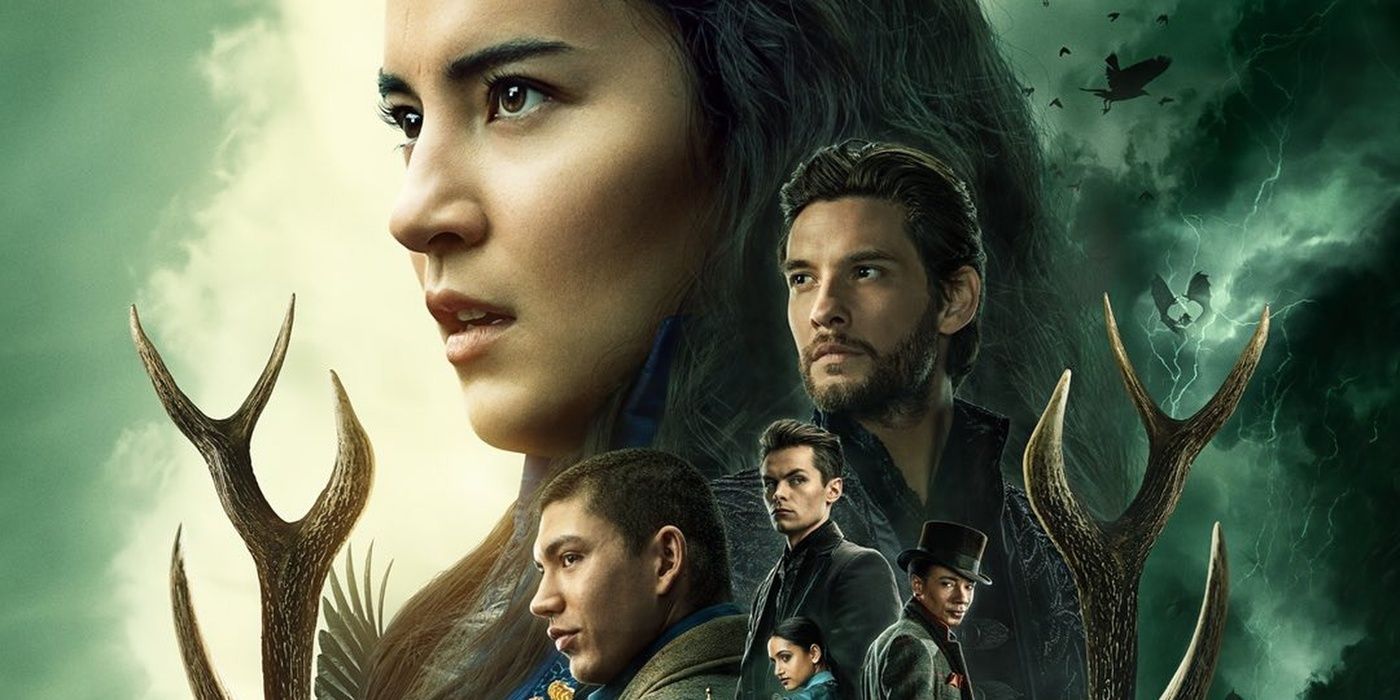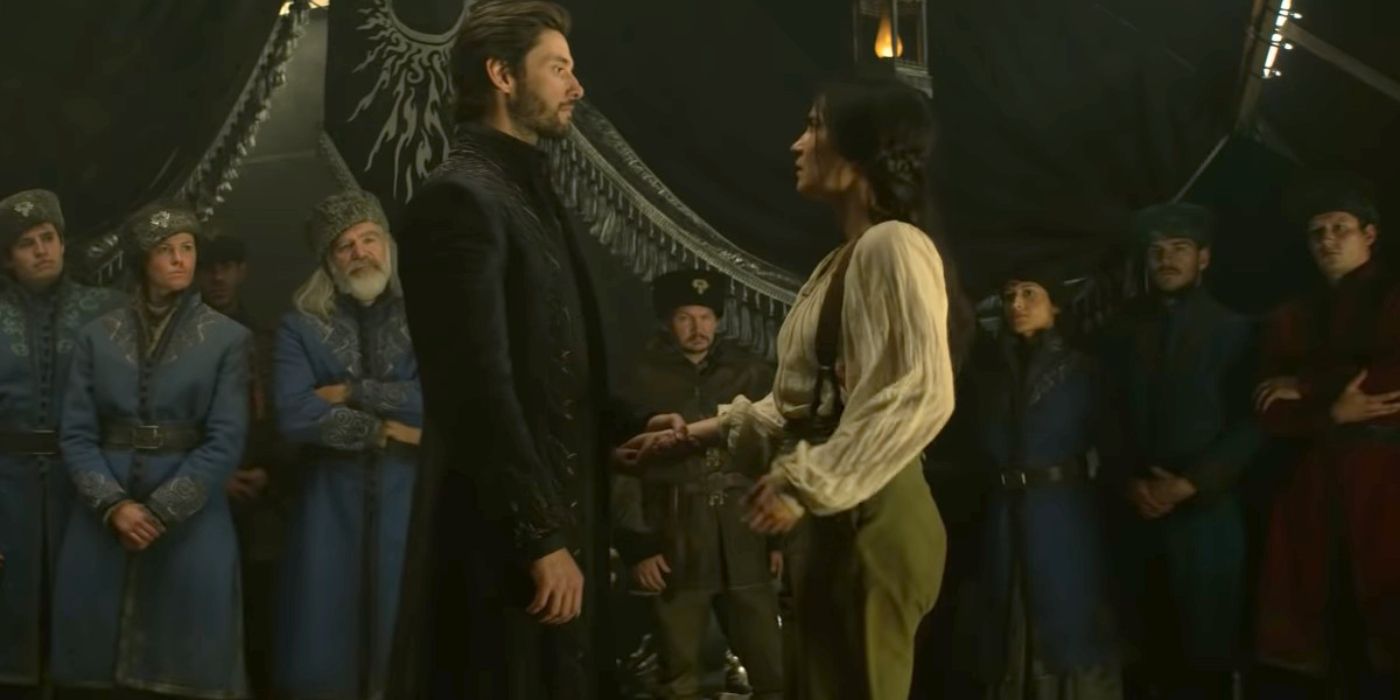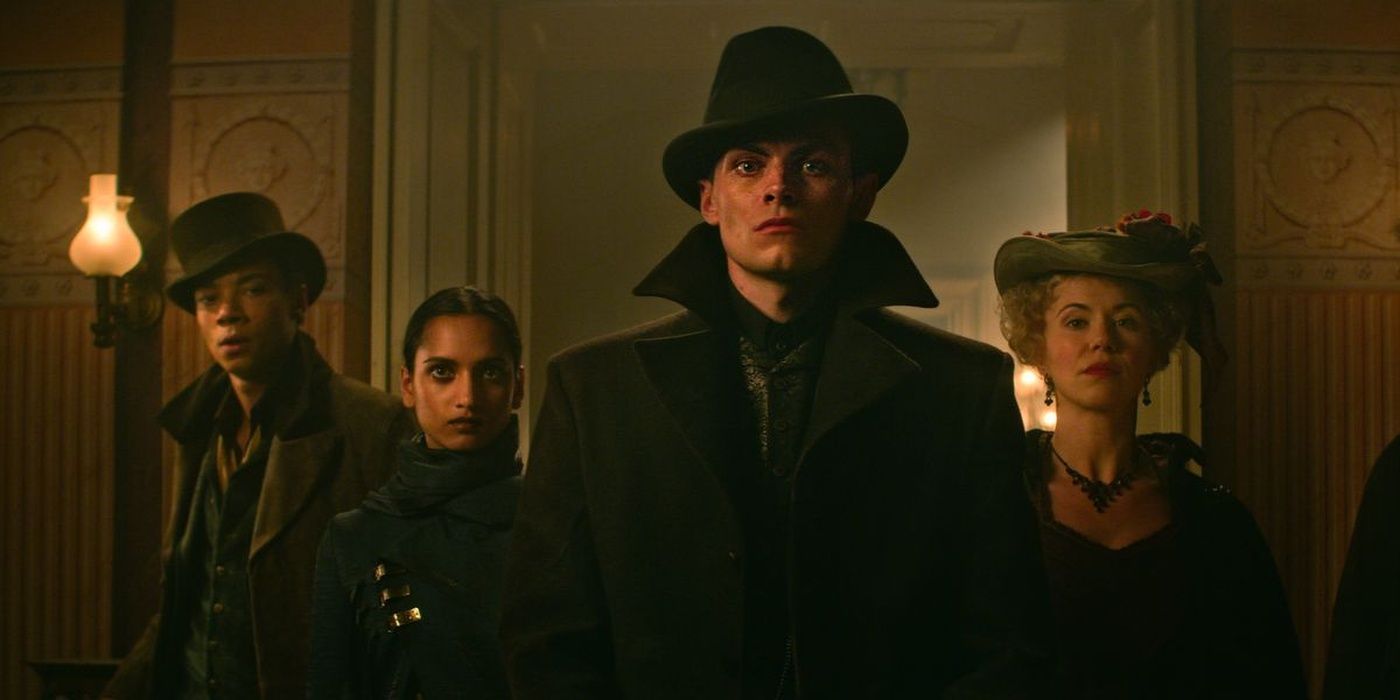When a TV show divides its runtime between multiple narratives, typically the main story is referred to as the A-plot, while the less focused on stories are the B-plot, C-plot, and so on. This is a pretty common method of serialized storytelling, tons of long-running shows use it, but the problem arises when the A-plot is the worst part of a series. Netflix's Shadow and Bone released to substantial success and tons of new fans. The young adult novels that spawned the series, one which shares its title and Six of Crows, were huge hits with dedicated audiences thrilled to see it reach the screen.
Shadow and Bone is primarily the tale of Alina Starkov, an orphan with hidden magical powers that mark her as predestined to save the world. Along the way, she explores new sides of the fantastical setting, finds ancient secrets of mystical proportions, and spends a tremendous amount of time on a good old-fashioned love triangle.
Alina's story is the one inspired by the novel that shares the series' name, and it holds the lion's share of the series' focus. It is peak young adult fiction. Absolutely buried in tropes; from the classic chosen one protagonist to the power fantasy conflict to the bad guy versus childhood friend love triangle. It's well-executed if a little wordy with its glossary of fantasy terms. When people heard that Netflix was putting out an adaptation of a hit young adult fantasy novel, this storyline was probably the obvious example of what they imagined. However, it wasn't the only thing the series offered.
In an interesting move for the franchise, the showrunners crafted an original storyline alongside the established ones. To helm that storyline, they borrowed Six of Crows, an unrelated story set in the same universe, and adapted its lovable cast into this narrative. So, the B-plot concerns The Crows, a trio of criminals from a seedy underworld city across the sea. Kaz Brekker, Inej Ghafa, and Jesper Fahey are sent to kidnap Alina. Their story is about hard living underdogs, struggling to survive under massive debt. The trio comes from backgrounds full of disease, addiction, violence, and human trafficking. The heist storyline they embark on is action-packed, grounded, visceral, and morally dubious. It's a drastic shift when the camera drops in on The Crows, like a couple of minutes of a steampunk Game of Thrones cut into a Harry Potter spin-off.
These stories intersect on a few occasions, but they're overwhelmingly unrelated. Obviously, The Crows' motivation is capturing Alina, but that only serves to get them where they're going. Once they're there, they engage the heist, mostly fail, then Alina stumbles into their clutches through a circumstance of her storyline. The moment she winds up in their carriage feels like it should be the most important twist of fate in the series, but it amounts to nothing almost immediately. In the very next episode, Alina just walks out of the situation unscathed but somewhere else. It would mean exactly as much to the plot if Alina had hailed a cab. The two storylines go on separate paths from there, then come together for the grand finale, then split up once again. The characters mention each other occasionally, but if the creators came out and said they filmed the shows separately and stitched them together, it would be believable.
Since these two stories are so tangentially related, there's a legitimate argument for allowing them to spin-off into two shows. Certainly, a fair percentage of the fan base prefers one narrative over the other. Some could even be watching the show exclusively for The Crows or exclusively for Alina and the Darkling. But the two shows don't have to live separately. They could inform and improve each other. They don't, but a fan could see how they could.
As Alina's big actions become more important across the fantasy world, surely the impact will start to be felt even in the scummy world of The Crows. This interplay could make the narrative feel larger, rather than only caring about a handful of characters. But, this is likely not the direction the series is going in. The end of season one teased new horizons for both groups, including something closer to the Six of Crows novel for the B-plot crew.
The tale of Kaz, Jesper, and Inej is thrilling throughout its entire run. The tale of Alina is exactly the young adult fantasy that fans were promised. There's not necessarily anything wrong with either, but it'll be a tough sell to keep people on board for both. A version of Shadow and Bone where all of its plots intertwine and meaningfully impact each other would be a better show. This version is still good, but it'd be nice not to have to fast-forward through half of it.



